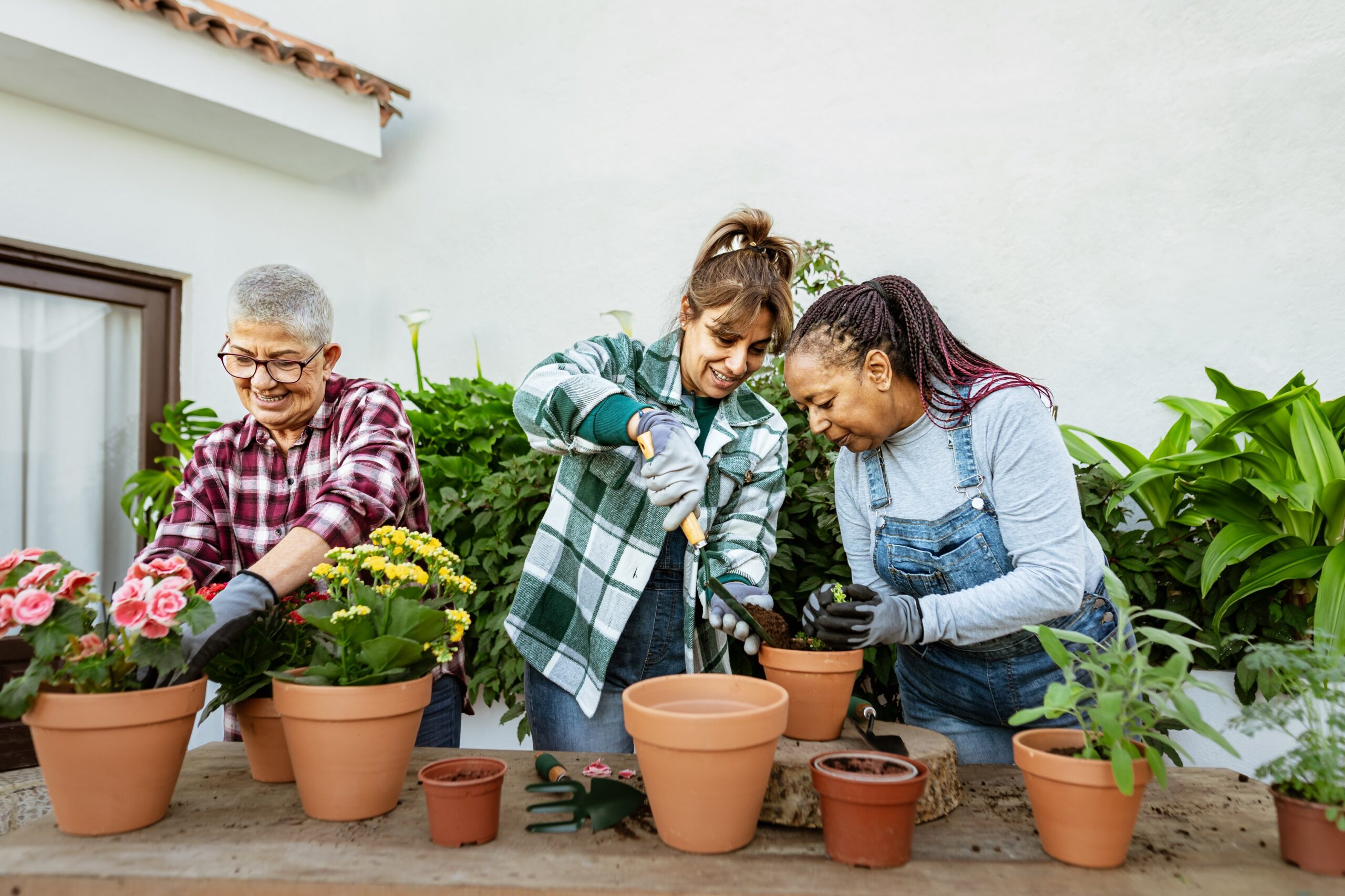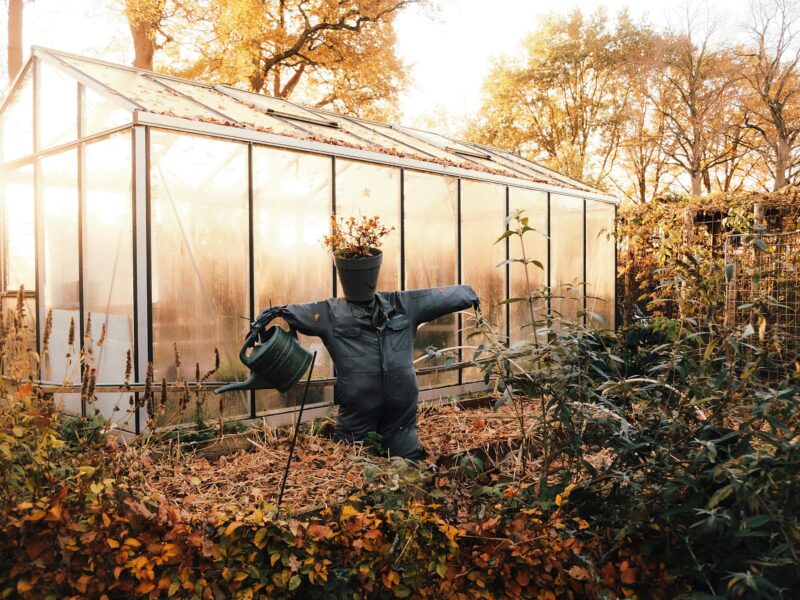As the frost of winter melts away and the first green sprouts begin to appear, gardeners everywhere know it’s time to spring into action. The season of renewal is upon us, offering a fresh start for both experienced and novice gardeners to cultivate their patches of earth into blooming spectacles. Spring gardening is not just about planting seeds; it’s about nurturing growth, embracing renewal, and laying the groundwork for a flourishing garden. Here are essential tips to ensure your garden thrives this spring.
1. Assess and Prepare Your Garden
Before diving into planting, take the time to assess your garden. Winter can be harsh on outdoor spaces, so it’s important to clean up any debris, remove dead vegetation, and repair any damaged structures. Test your soil to determine its type and pH level, as this will influence your fertilization and planting strategy. If necessary, enrich your soil with compost or well-rotted manure to improve fertility and structure.
2. Plan Your Garden Layout
Planning is key to a successful garden. Consider the space available, sunlight patterns, and water drainage when deciding what to plant and where. Remember to rotate crops if you’re planting vegetables to prevent soil depletion and reduce pest infestations. Draw up a garden map to help visualize the layout and ensure that you’re making the most of your space.
3. Choose the Right Plants
Selecting the right plants is crucial for a thriving spring garden. Opt for native plants or those well-adapted to your climate, as they are more likely to prosper with minimal intervention. When choosing seeds or seedlings, consider the plant’s sunlight, water, and soil requirements. Early spring is the perfect time to plant hardy vegetables like lettuce, kale, and peas, as well as flowers such as pansies and snapdragons that can withstand cooler temperatures.
4. Timing is Everything
Understanding the last frost date in your area is vital. Planting too early can risk frost damage to tender plants, while planting too late may not give them enough time to mature. Use your local frost dates as a guide to schedule your planting. For an early start, consider sowing seeds indoors under grow lights or in a greenhouse, then transplanting them outside when the weather warms up.
5. Water Wisely
Spring weather can be unpredictable, with periods of heavy rain followed by dry spells. It’s essential to water your plants appropriately, focusing on their root zones rather than the leaves to prevent disease. Consider installing a rain barrel to collect rainwater for watering your garden, which is not only eco-friendly but also better for your plants due to its lack of chlorine and other chemicals found in tap water.
6. Mulch for Moisture and Weed Control
Applying a layer of mulch around your plants can help retain soil moisture, regulate temperature, and suppress weed growth. Organic mulches like straw, bark, or compost will also enrich the soil as they decompose. Be mindful not to mulch too early, as the soil may still be too cold, or too thickly, as this can suffocate plant roots.
7. Pest and Disease Management
Early detection and prevention are key to managing pests and diseases in your garden. Regularly inspect your plants for signs of trouble and implement natural remedies or barriers to protect them. Encouraging beneficial insects by planting a diverse range of flowers and herbs can help control pest populations naturally.
8. Prune to Promote Growth
Spring is the ideal time for pruning many types of plants. Pruning helps to stimulate new growth, improve air circulation, and shape your plants. Be sure to research the specific pruning needs of your plants, as improper pruning can harm or even kill them.
9. Embrace Companion Planting
Companion planting is the practice of placing plants together that benefit each other in some way, such as deterring pests, improving growth, or enhancing flavor. For example, planting marigolds among vegetables can help repel certain pests, while basil planted near tomatoes can improve their flavor.
10. Enjoy the Process
Lastly, remember that gardening is a journey, not a destination. Take time to enjoy the process of tending to your garden, from the quiet moments of planting to the joy of the first bloom. Celebrate the successes and learn from any setbacks. Gardening is not just about the harvest; it’s about the growth along the way.
Spring is a season of new beginnings, and there’s no better way to embrace it than by getting your hands dirty in the garden. By preparing your space, choosing the right plants, and caring for them with attention and love, you can create a vibrant garden that brings joy throughout the season. So grab your gardening tools and spring into action. A flourishing garden awaits!


